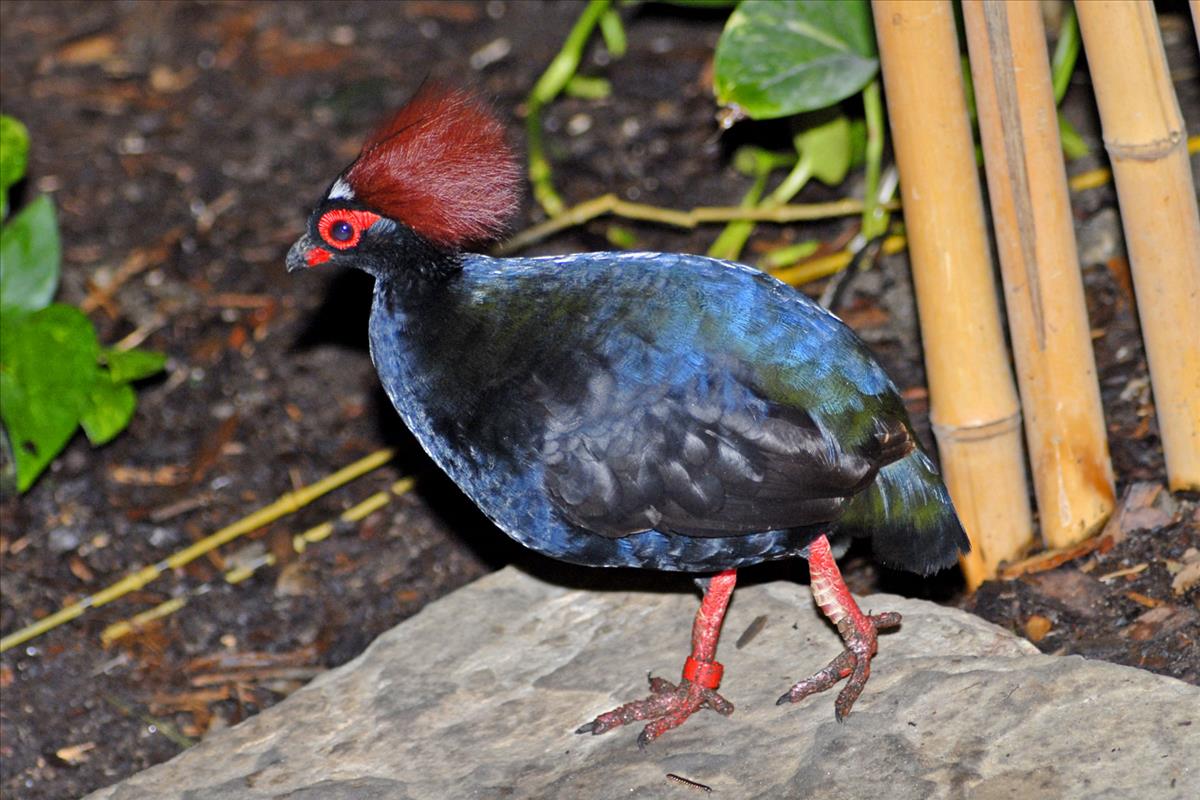Alerts
Please be advised that our bird aviaries are open!
Your Toronto Zoo is committed to the health and safety of the animals in our care. We take proactive steps to protect our birds from Avian Influenza which has been confirmed in a wild bird in southern Ontario, and some birds may still be off display.
Please note Splash Island is still closed and will not open until July due to unforeseen delays in construction. Please watch for updates on https://www.torontozoo.com/tz/splash or on our social media pages. Thank you!
Please note the following animals are currently not on display due to various reasons including Avian Bird Flu, and Covid-19 sensitivity:
- Flamingo, peacock, owl, bald eagle, and aviaries
- Some Kids Zoo Animals
- Cougar
- Moose
- Kangaroo walk through (kangaroos are still visible)
- Axolotl
We apologize for the inconvenience!


Bird
Location at the Zoo:
Indo-Malaya
Region: Indomalaya
Crested wood partridge
The crested wood partridge is a dimorphic species (males and females differ in appearance). It is a rotund, short-tailed bird; both sexes having a scarlet patch of bare skin around the eyes and red legs without a spur or hind toe. The male is metallic green on top with glossy dark blue under-parts and a brownish wing panel. The male’s head is adorned with a tall red crest (a display feature used during mating season), a white forehead spot, and black frontal bristles. The female has pea green body plumage with brown wing coverts. The head is slate grey with the bristles but no spot or crest. The bill is dark coloured. Juveniles are duller versions of the adults of the same sex.Conservation Status: IUCN
